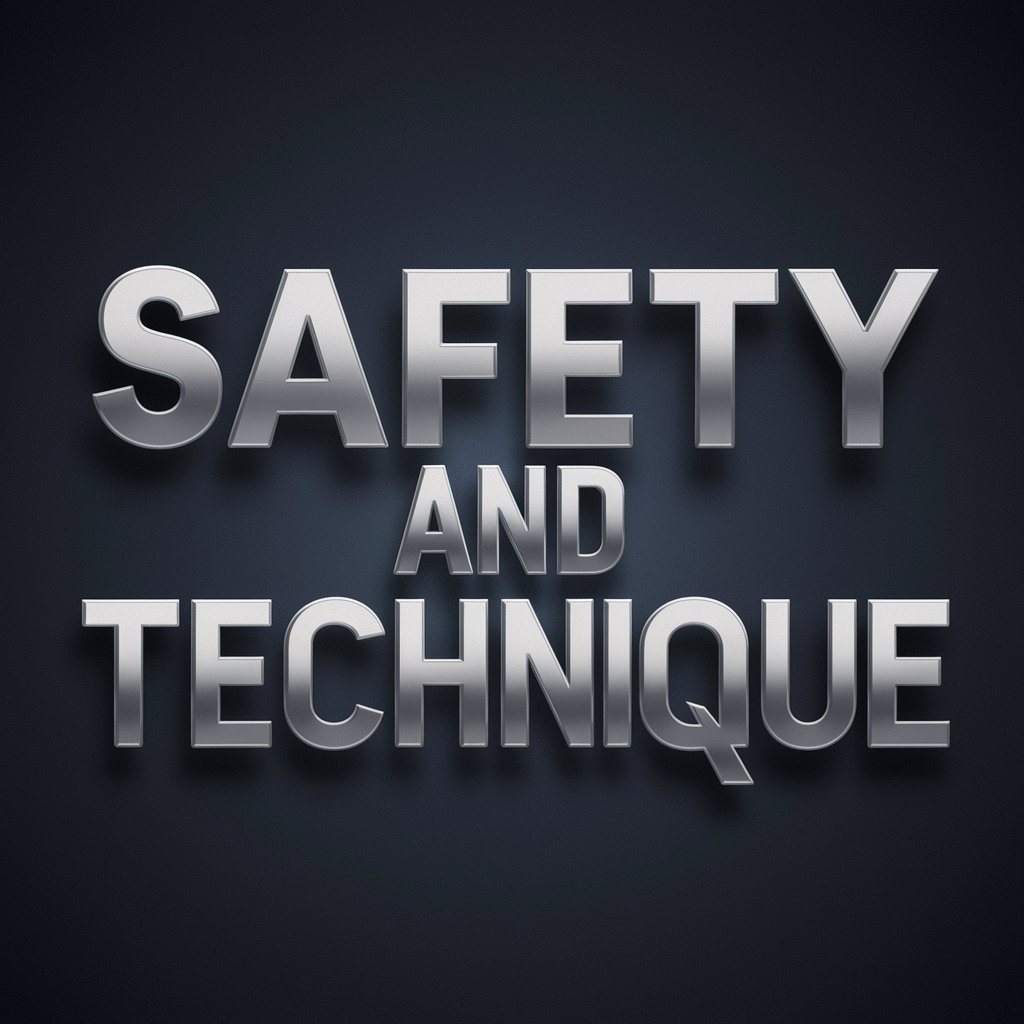Olympic lifts are dynamic and powerful movements that form the cornerstone of CrossFit training. Mastering these lifts not only enhances strength and explosiveness but also requires strict adherence to proper technique and safety protocols to prevent injuries. Explore essential tips for safely performing Olympic lifts in CrossFit, focusing on technique refinement, effective warm-up routines, and spotting guidelines for optimal performance.
Understanding Olympic Lifts
Olympic lifts, including the clean and jerk and snatch, are compound movements that involve lifting a barbell from the floor to overhead in a swift, coordinated motion. These lifts test agility, strength, and coordination, making them integral to CrossFit’s functional fitness approach. Olympic weight sets, designed specifically for these lifts, consist of bumper plates and a sturdy barbell, essential for practicing and progressing safely in these complex movements.
Proper Technique: Key Elements
Starting Position and Grip: Begin with a hip-width stance and grasp the barbell with a hook grip, wrapping the thumb around the bar for secure control. Maintain a neutral spine throughout the lift to ensure proper alignment and reduce strain on the lower back.
First Pull and Extension: Initiate the lift with a controlled first pull, keeping the bar close to the body as it ascends past the knees. Drive explosively through the legs and hips to perform a triple extension (ankles, knees, hips) to propel the barbell upward with maximum force.
Catch and Stability: Transition smoothly into the catch phase, where you receive the barbell in a front rack position for the clean and jerk or overhead in the snatch. Focus on maintaining balance and stability through a strong core and engaged shoulders to stabilize the weight overhead.
Warm-Up Routines: Preparing the Body
Dynamic Stretching and Mobility: Prioritize dynamic stretching exercises that target key muscle groups involved in Olympic lifts, such as hip flexors, hamstrings, and shoulders. Incorporate foam rolling and mobility drills to enhance range of motion and joint flexibility before lifting sessions.
Light Weight Progression: Gradually increase intensity by performing warm-up sets with lighter weights to acclimate muscles and joints to the movement patterns. Focus on refining technique and reinforcing muscle memory before progressing to heavier lifts.
Spotting Protocols: Ensuring Safety
Partner Assistance: Engage a trained spotter or workout partner familiar with Olympic lifts to provide visual cues and hands-on support during heavy lifts. Spot from strategic angles to assist in maintaining barbell control and ensuring safety throughout each lift.
Safety Equipment: Utilize weightlifting belts for added core support and wrist wraps to stabilize wrists during overhead movements. Ensure the lifting area is equipped with bumper plates that absorb impact and minimize barbell bounce, reducing the risk of injury and equipment damage.
Injury Prevention and Recovery
Cooldown and Recovery Practices: Conclude each workout with a cooldown routine that includes static stretching and foam rolling to alleviate muscle tension and promote circulation. Prioritize adequate rest and recovery between training sessions to prevent overuse injuries and support muscle repair and growth.
Conclusion
Mastering Olympic lifts in CrossFit requires dedication to technique refinement, systematic warm-up routines, and adherence to safety protocols. By focusing on proper form, incorporating effective warm-ups, and implementing spotting guidelines, athletes can maximize performance gains while minimizing the risk of injuries. Embrace the challenge of Olympic lifts as a pathway to strength, agility, and overall fitness excellence in your CrossFit journey.






